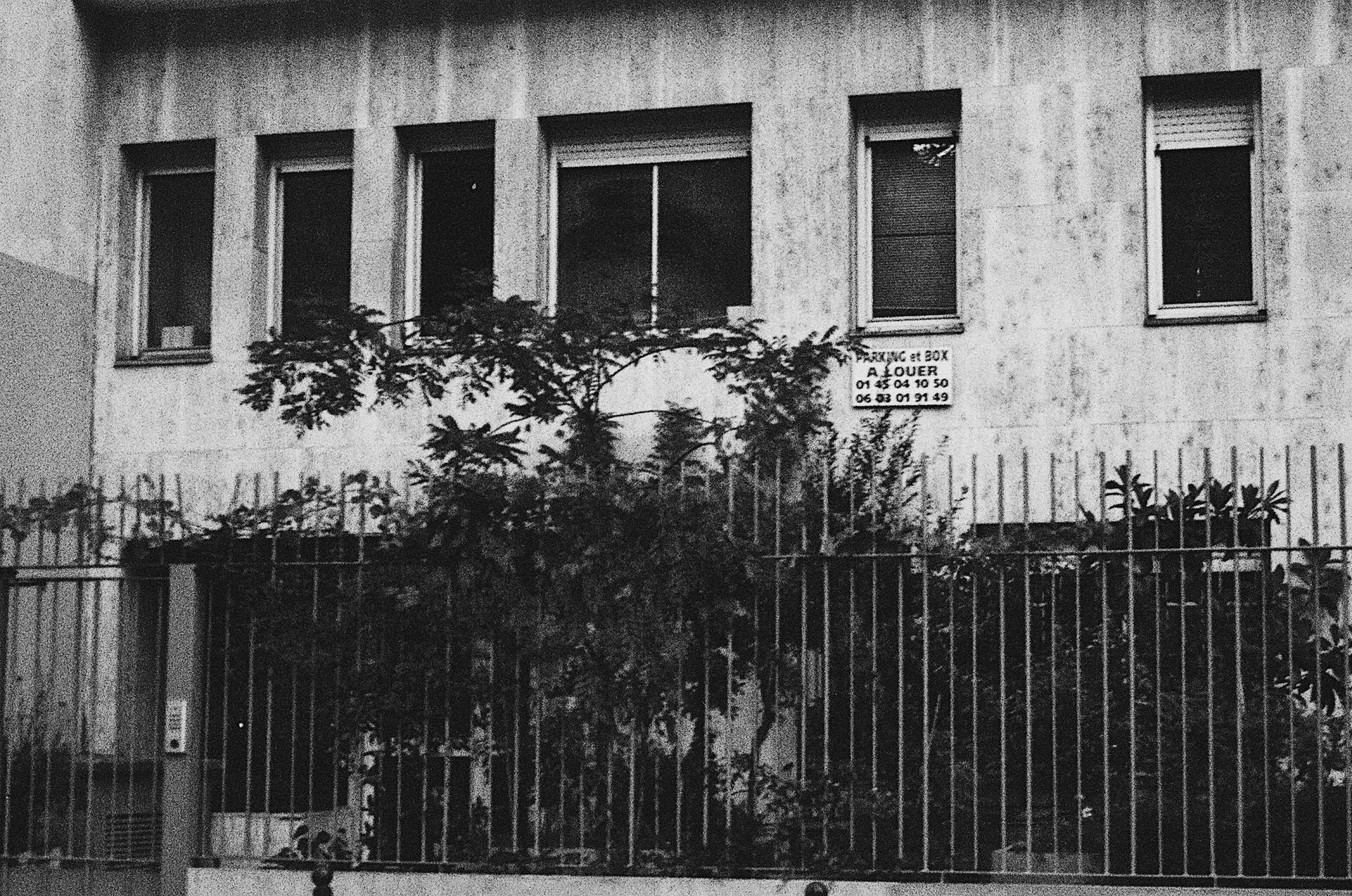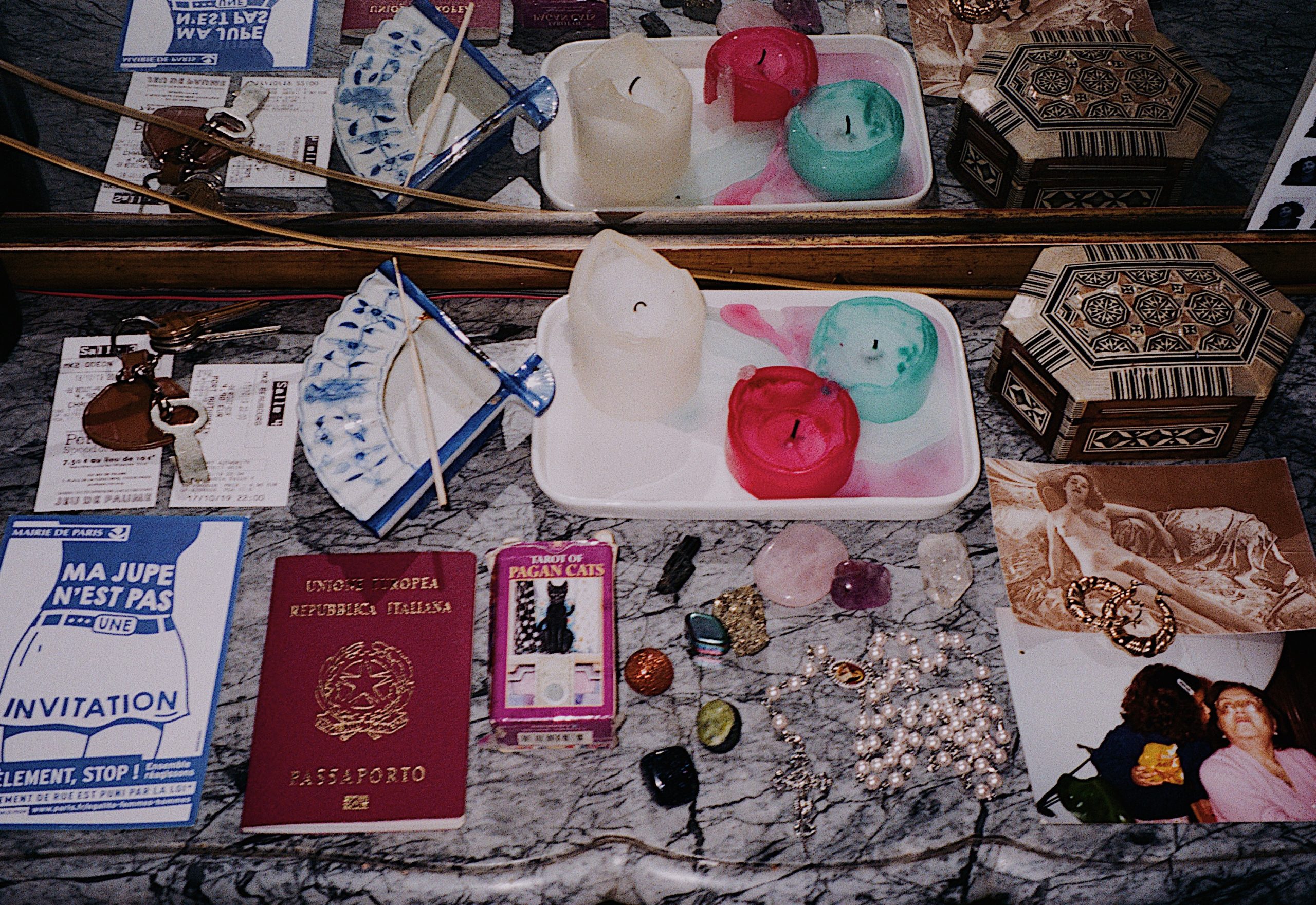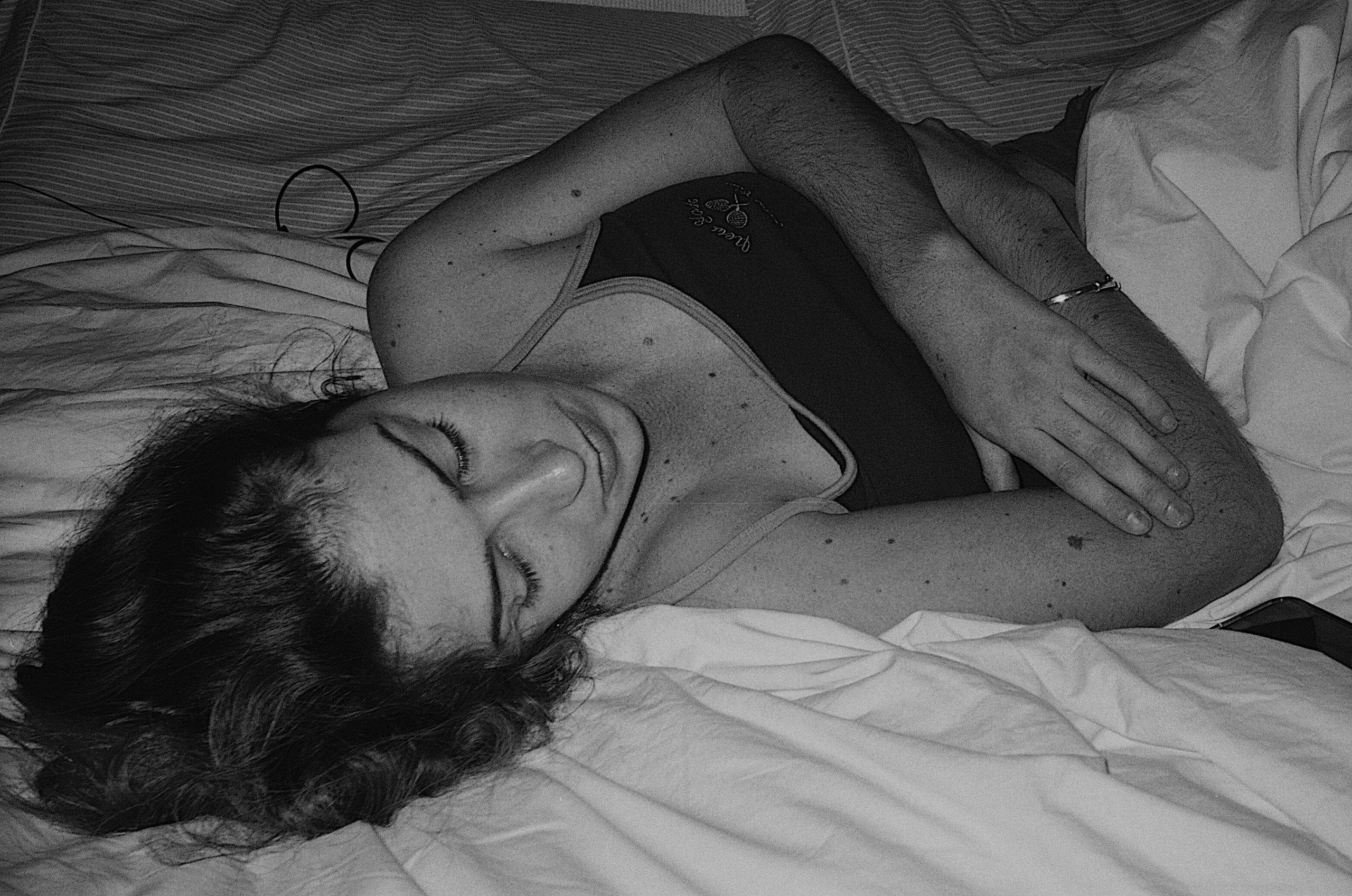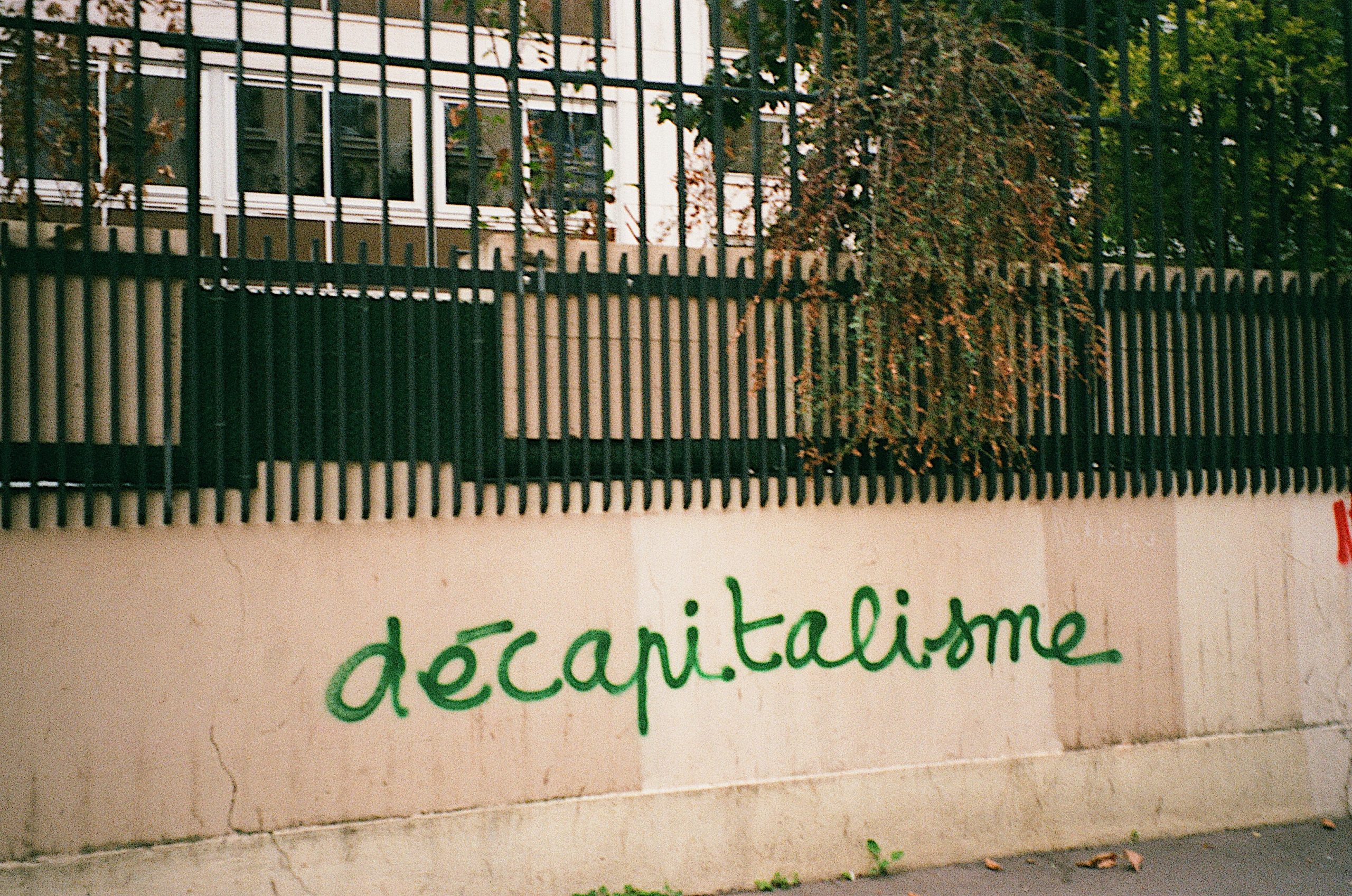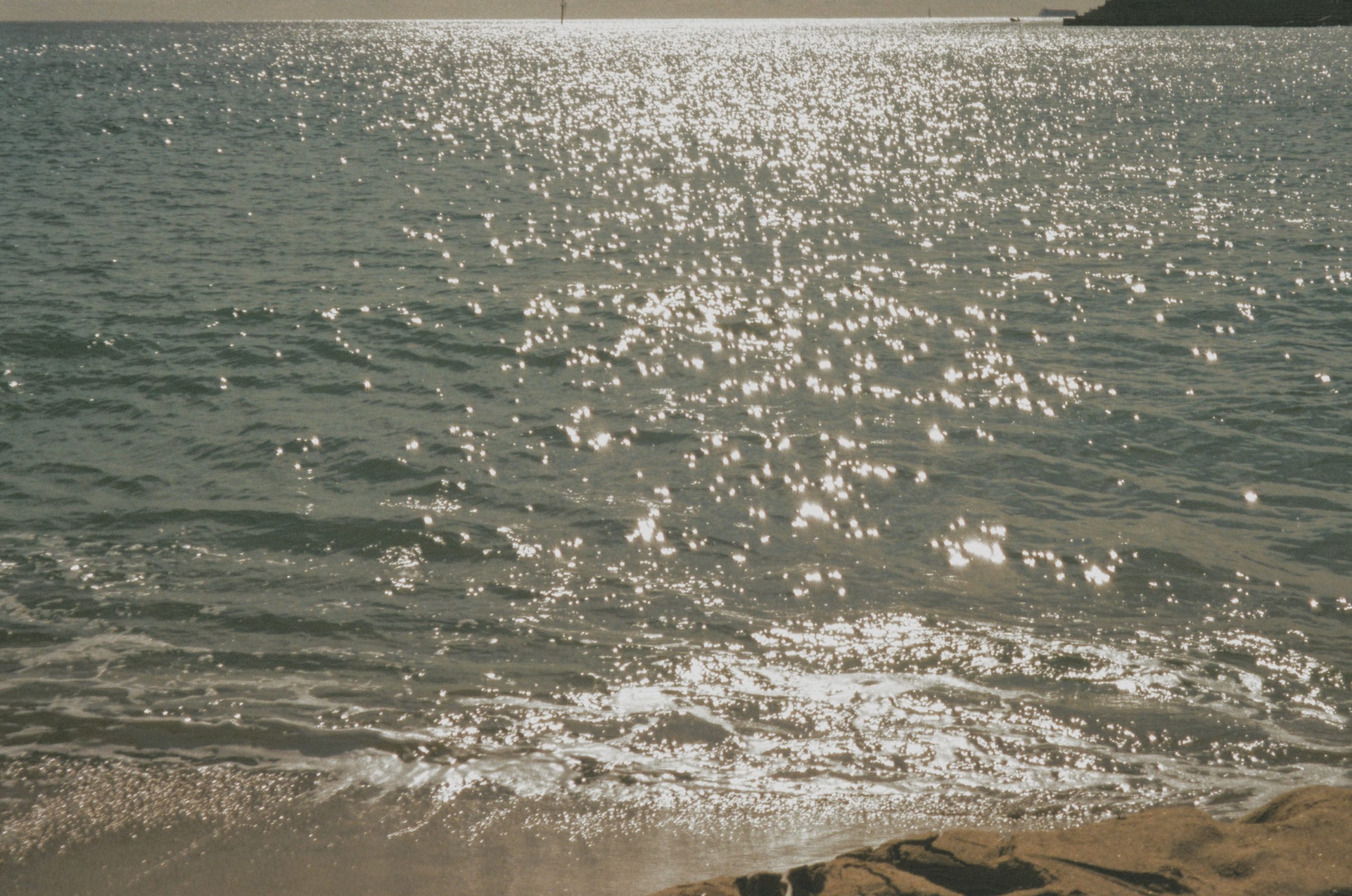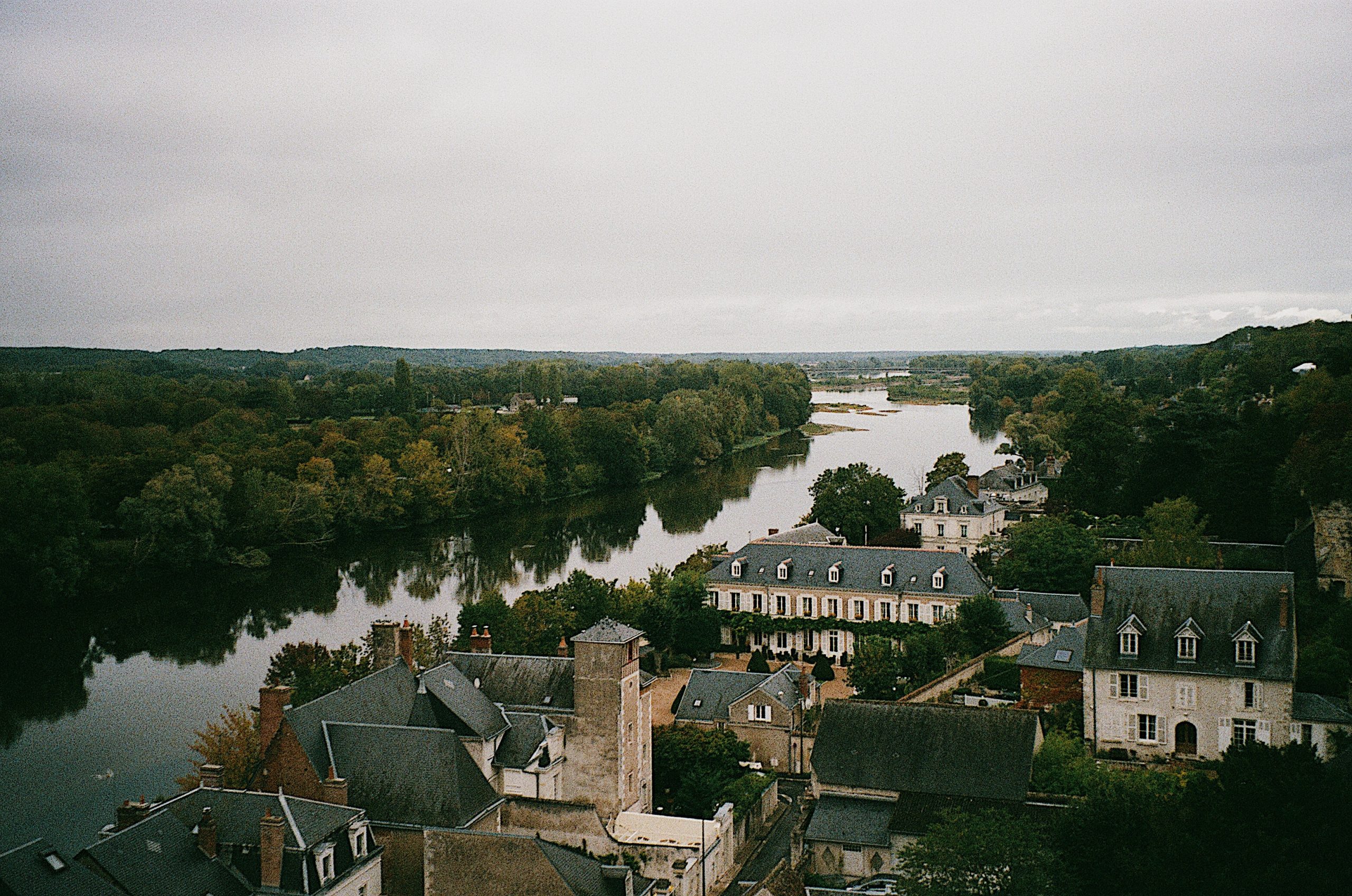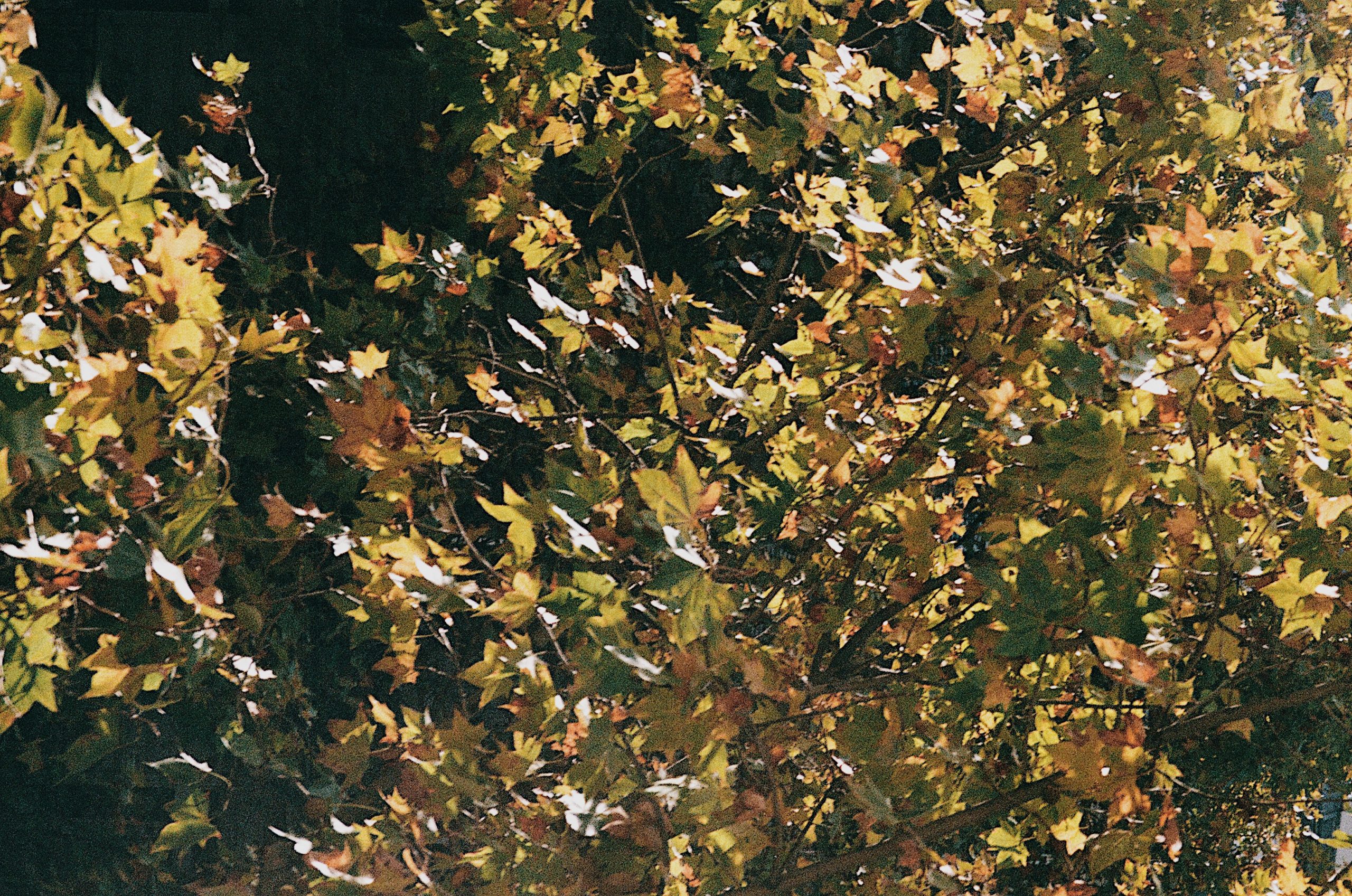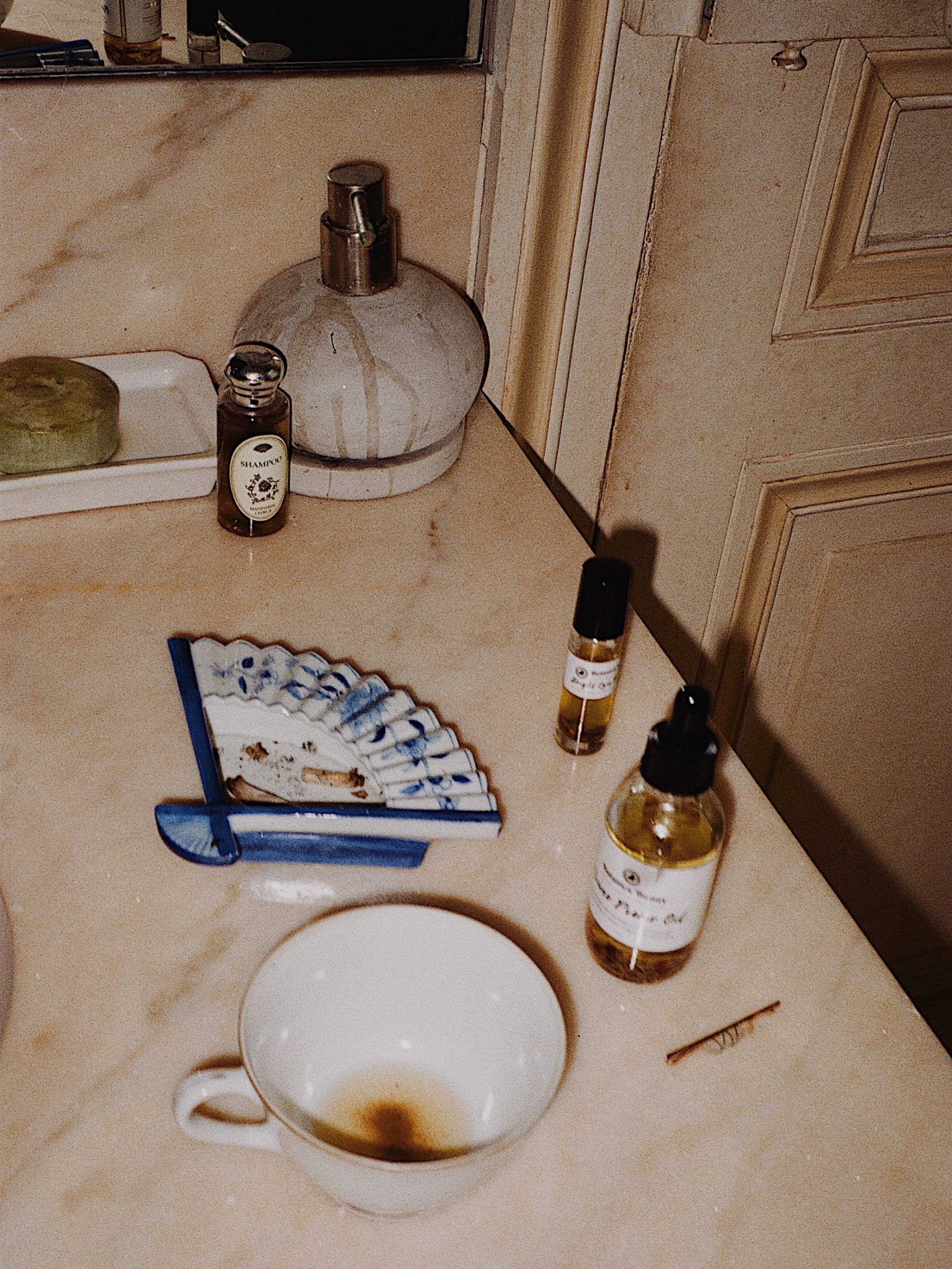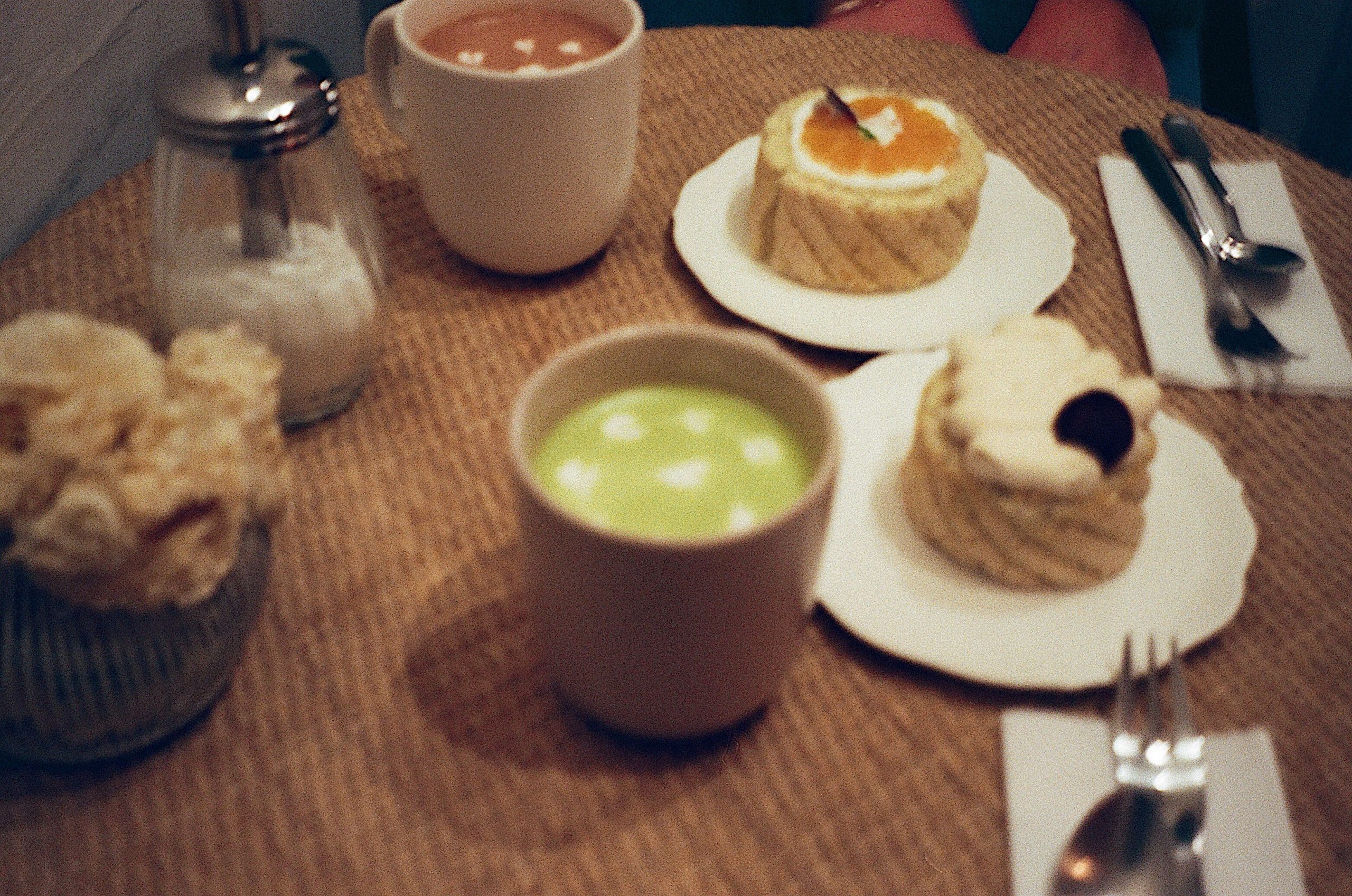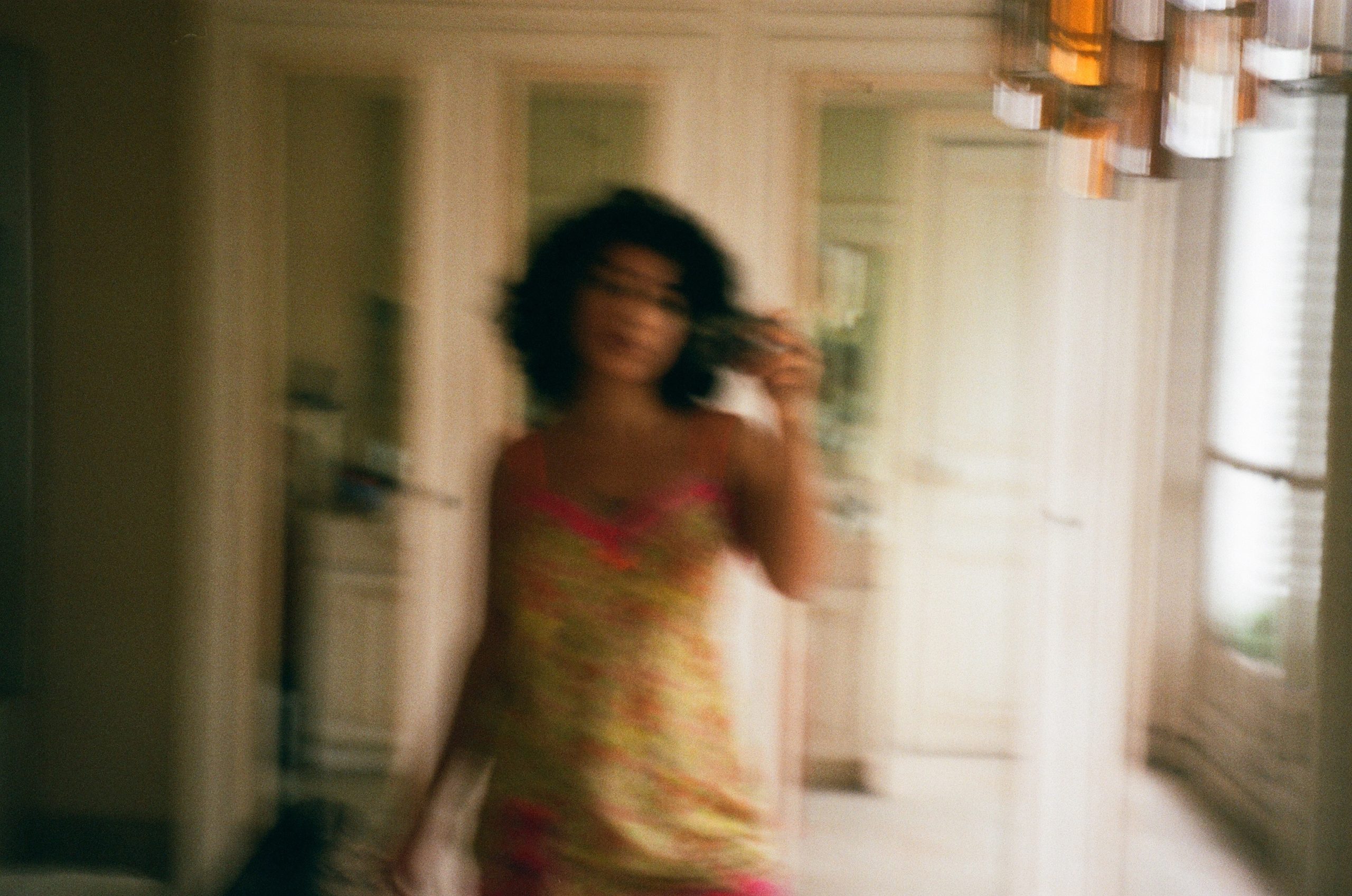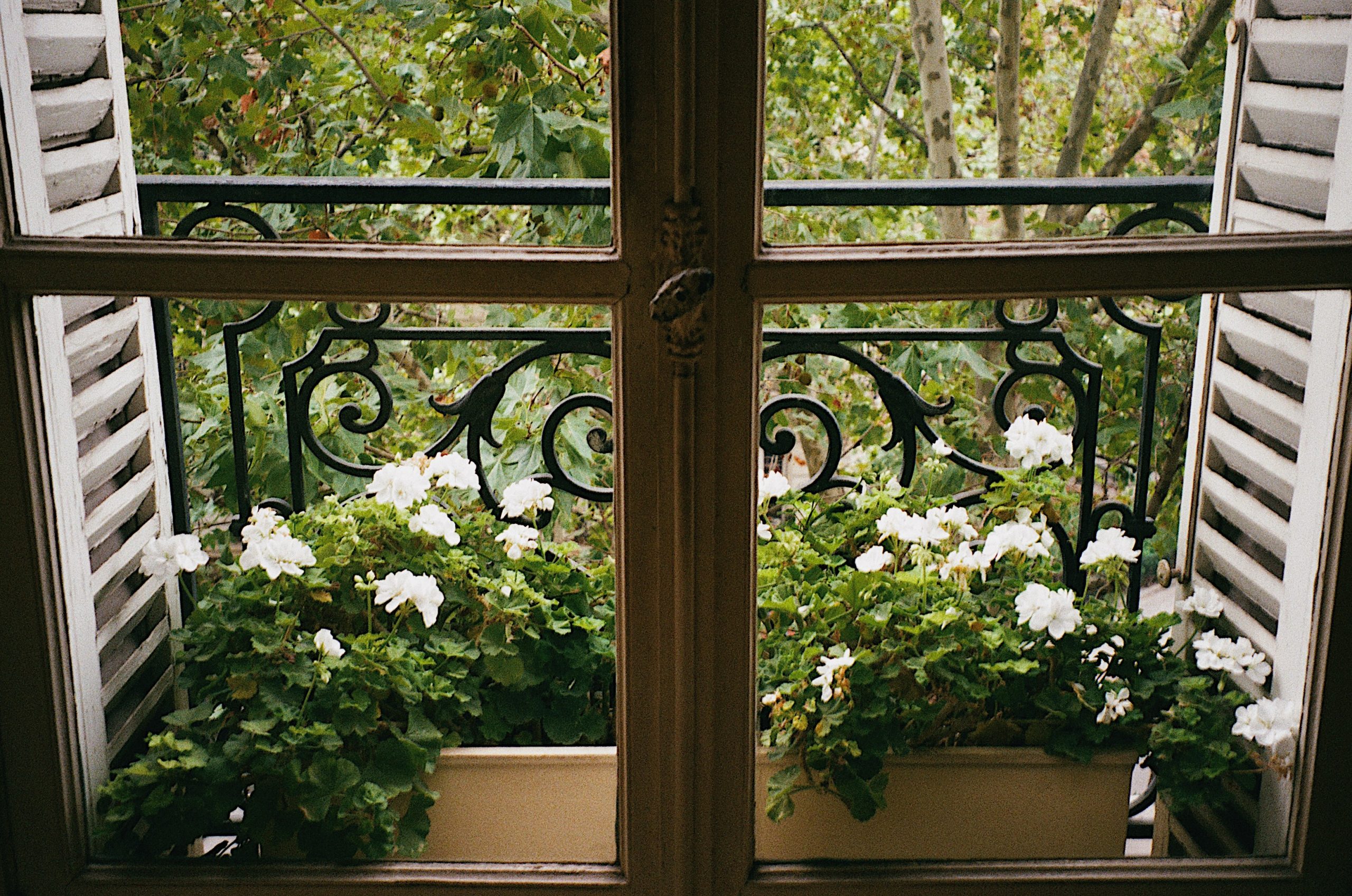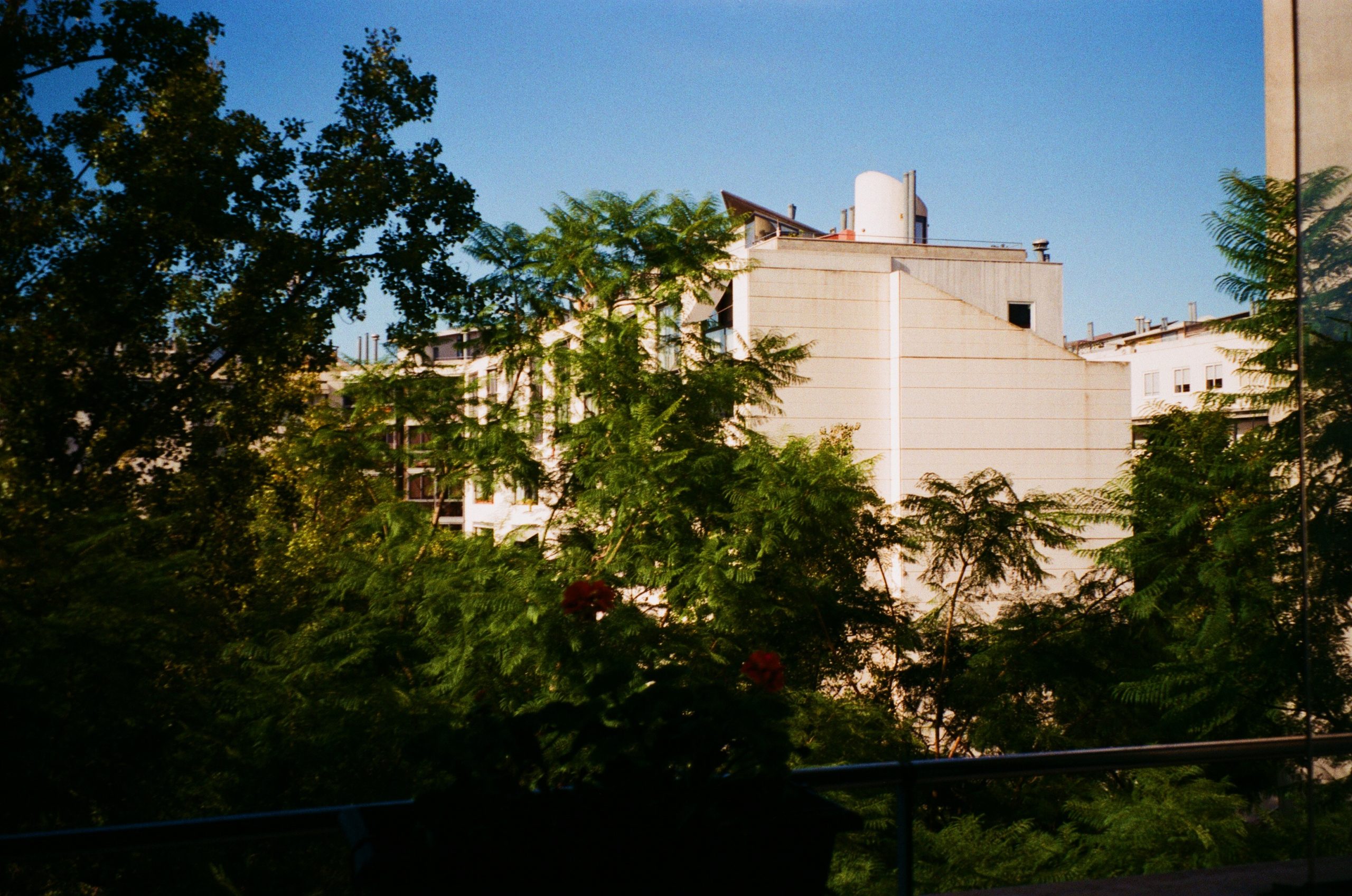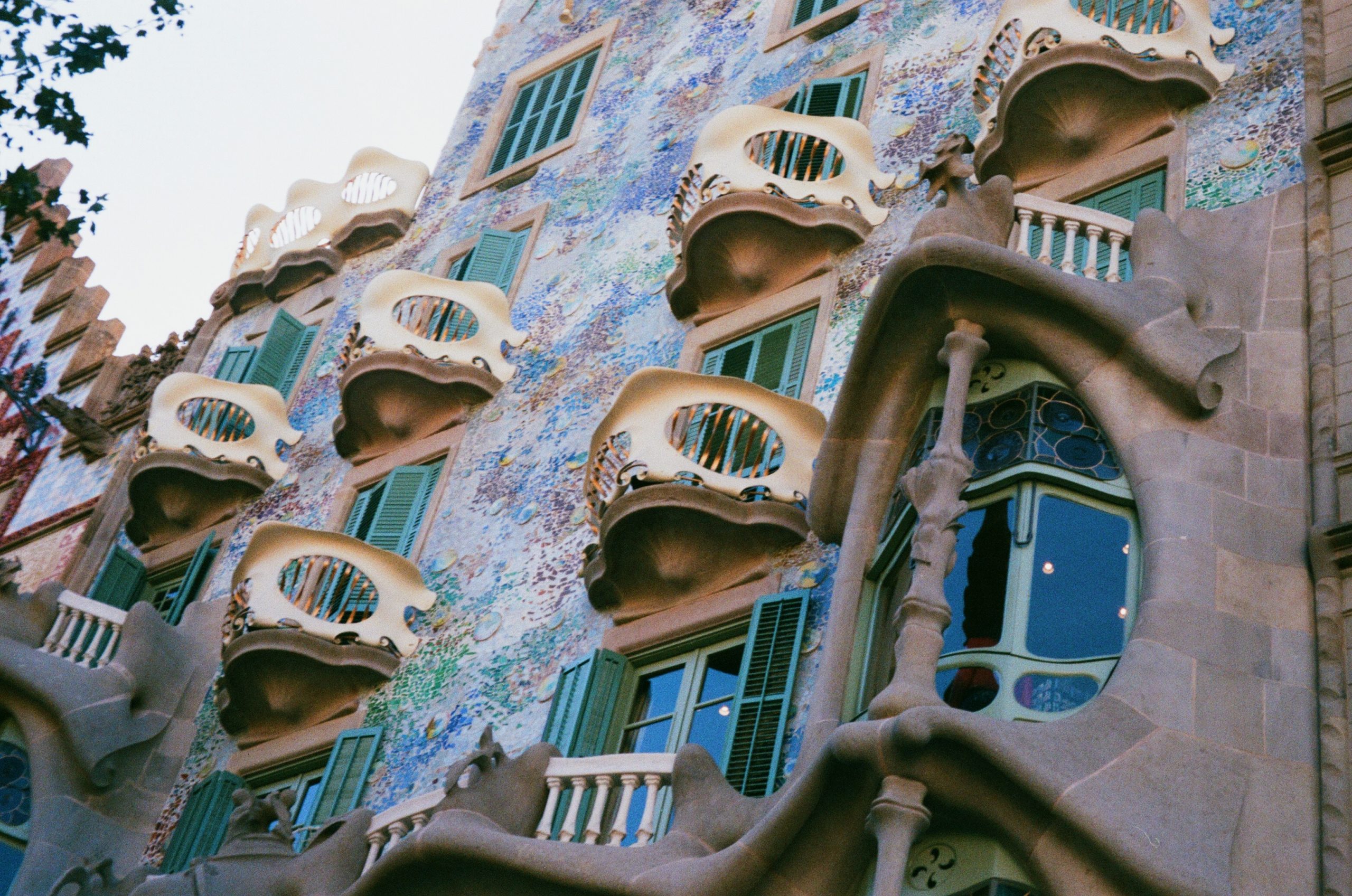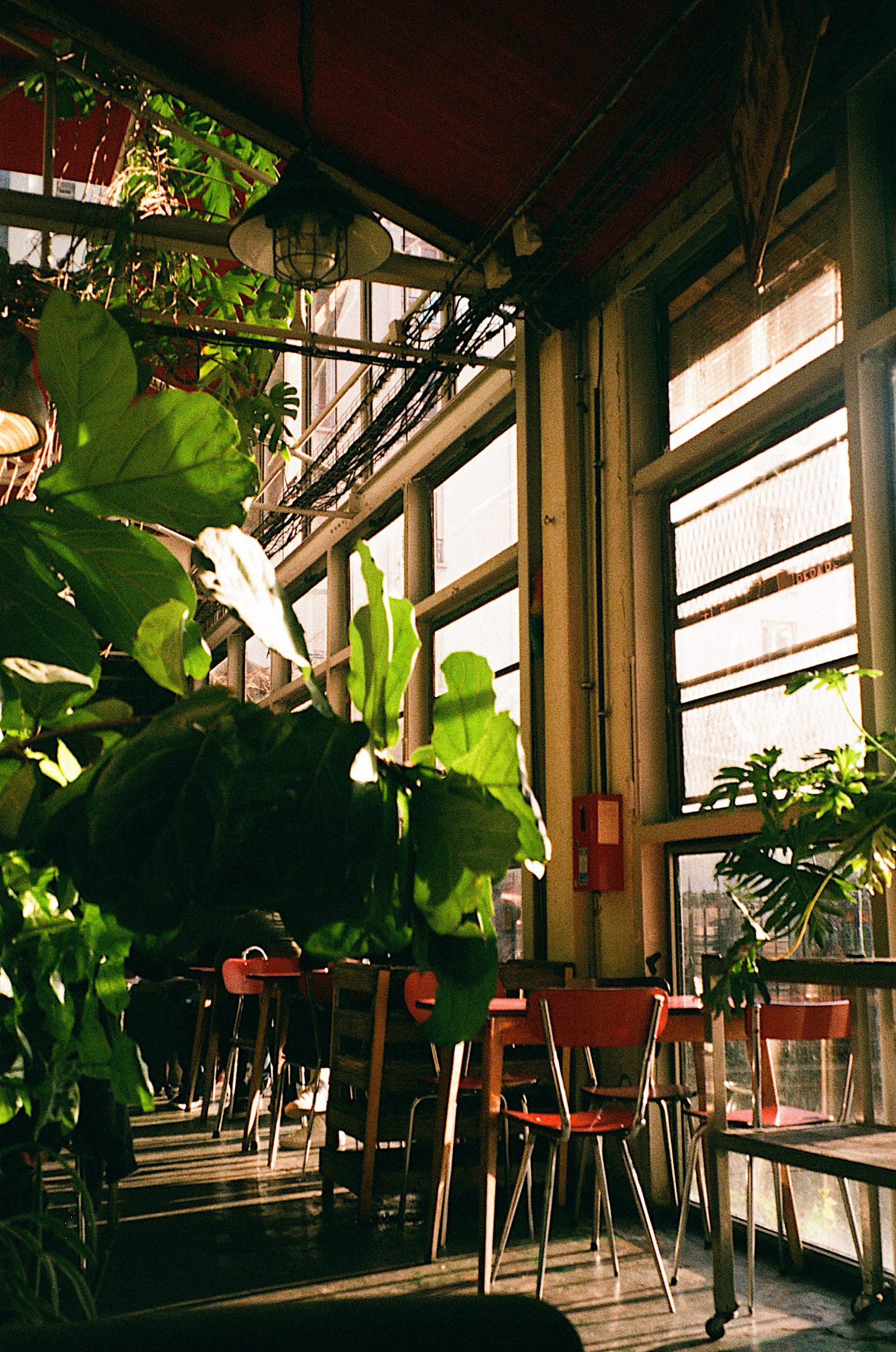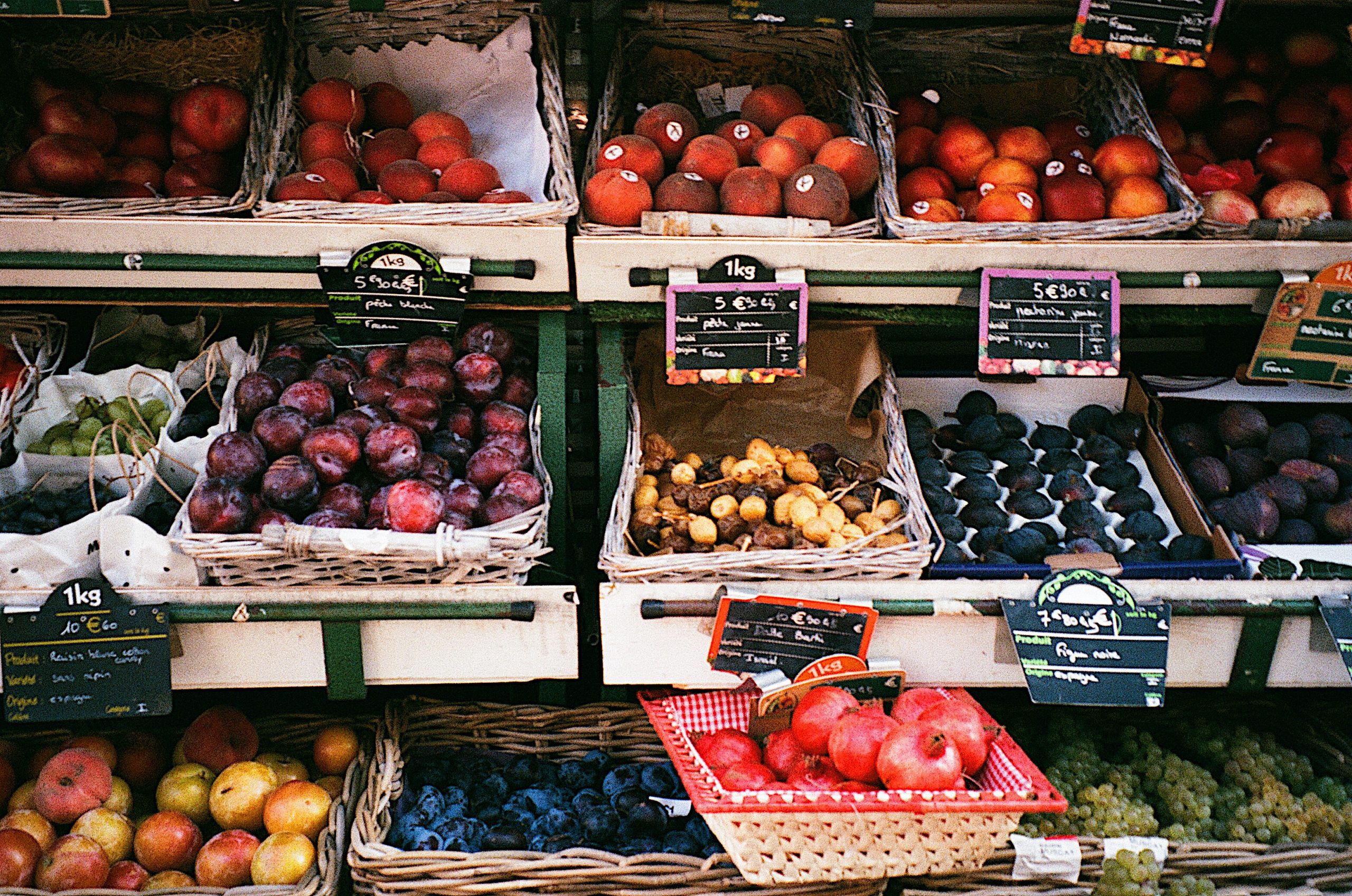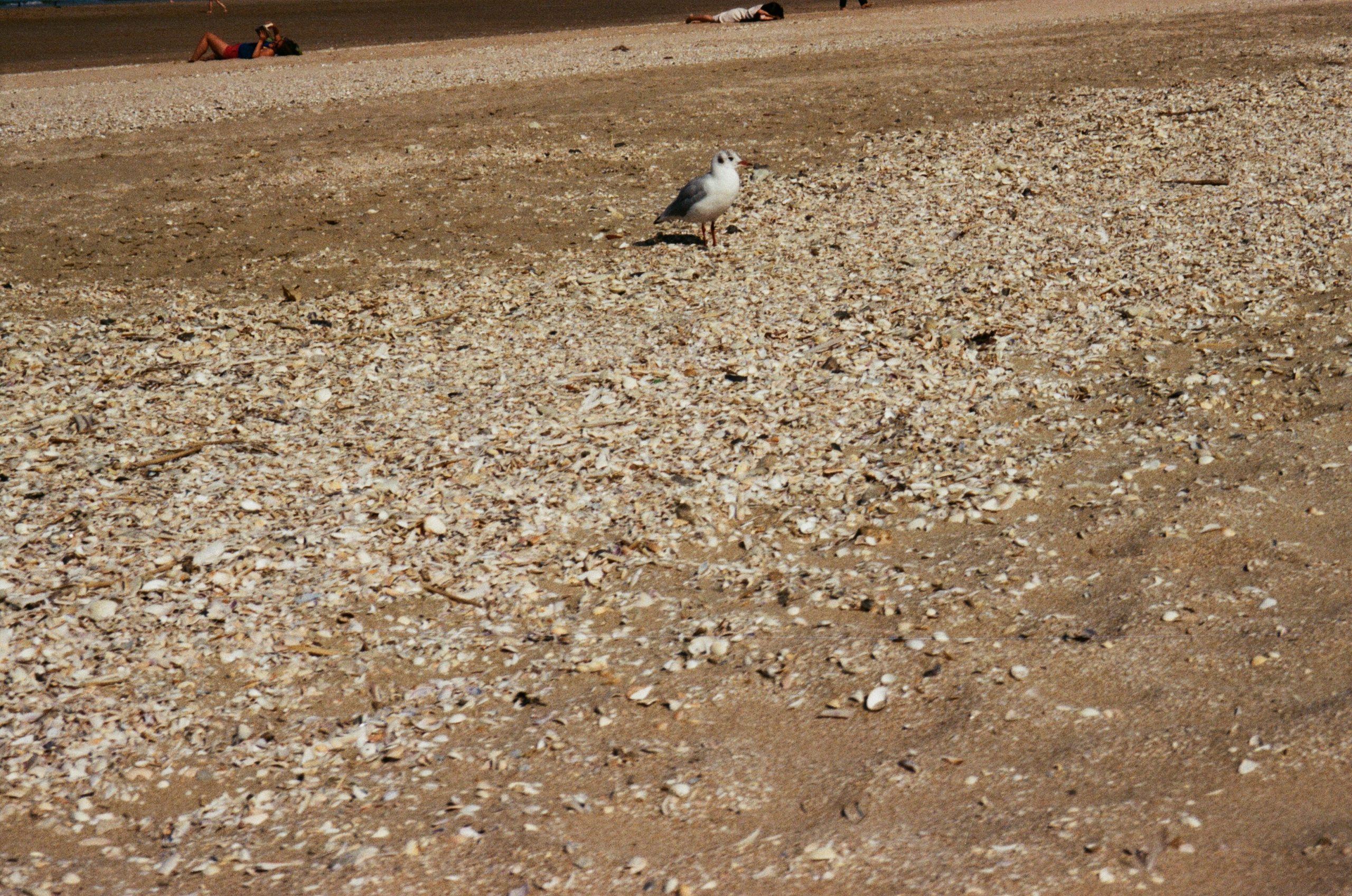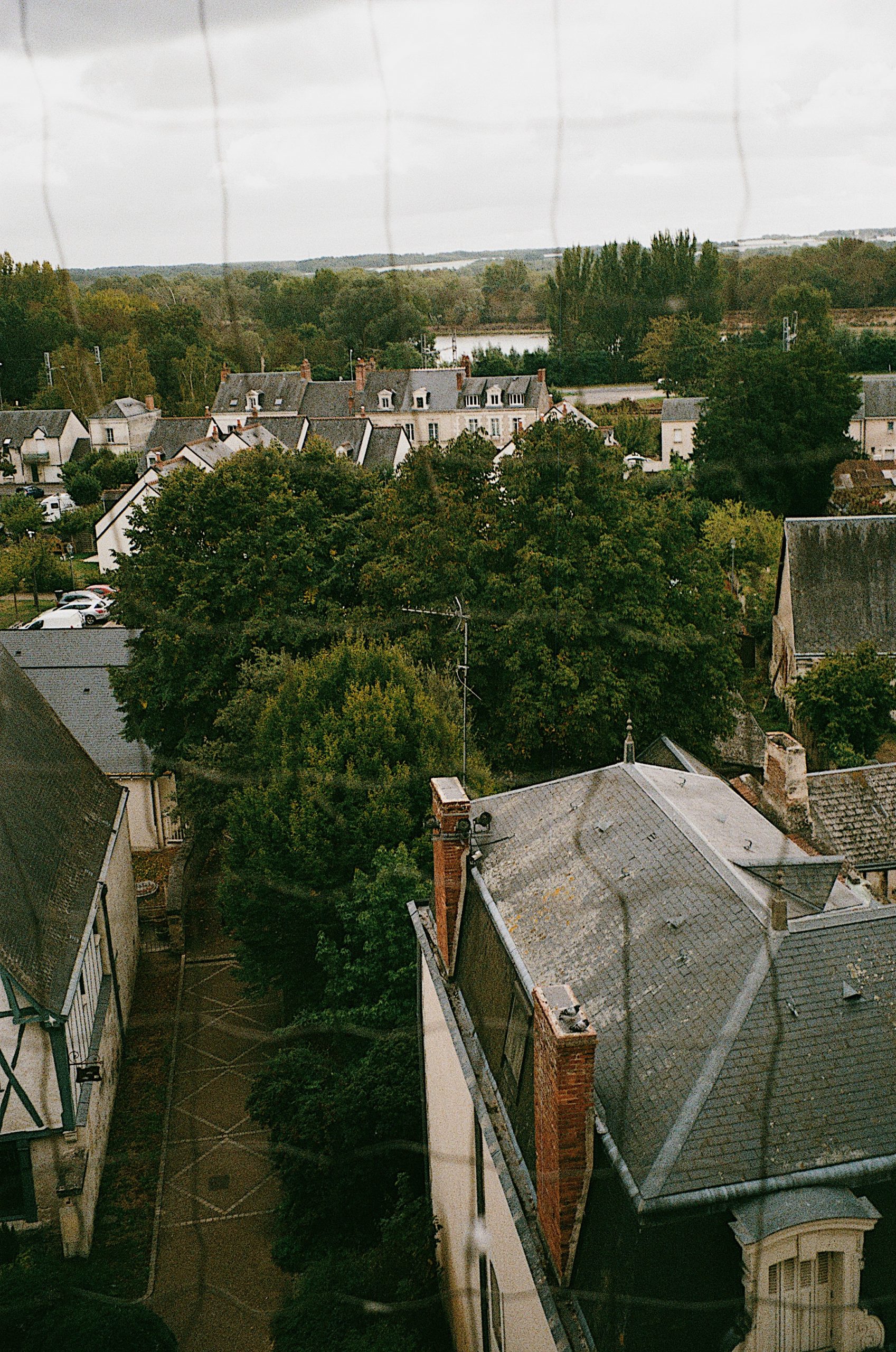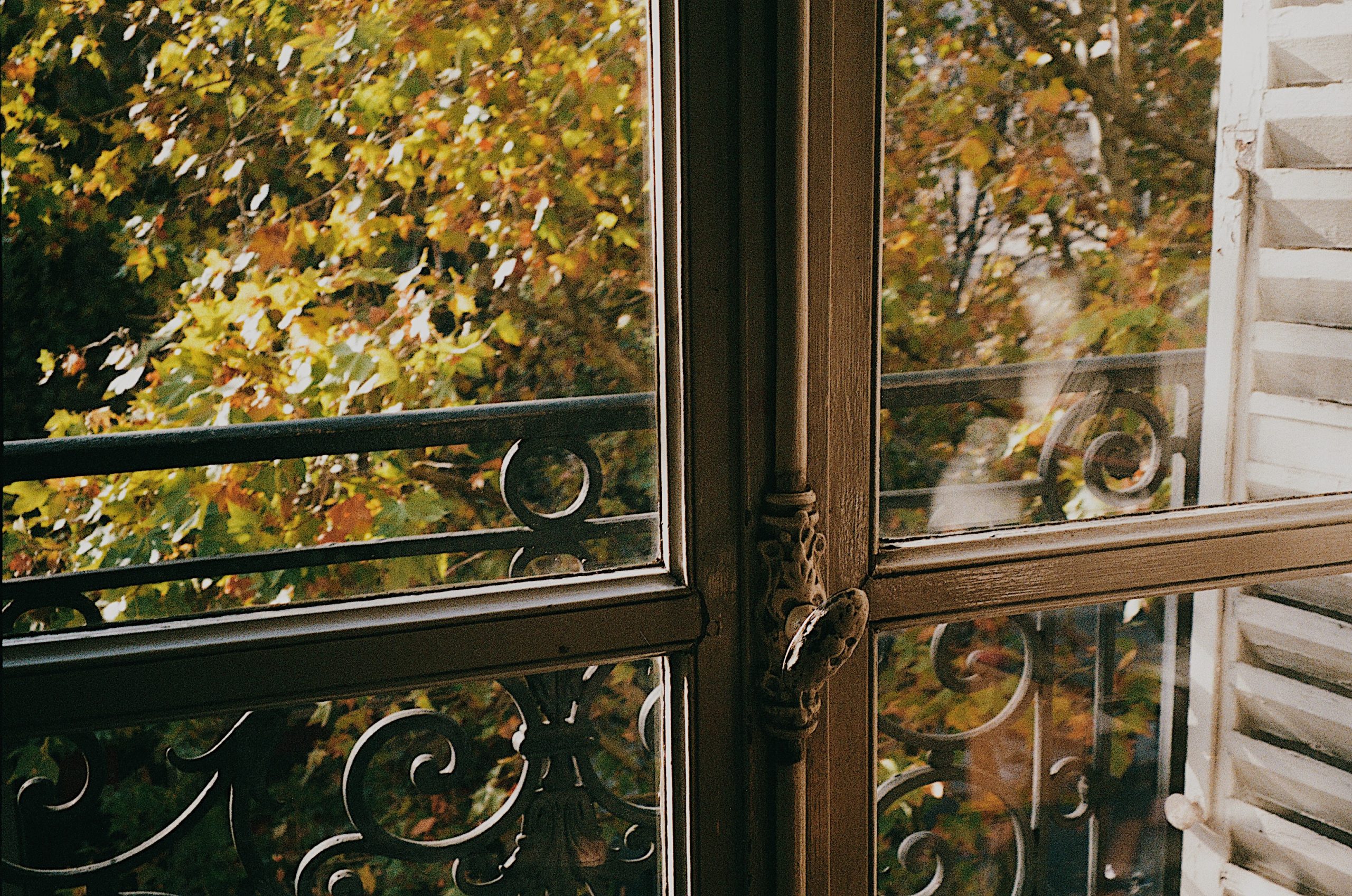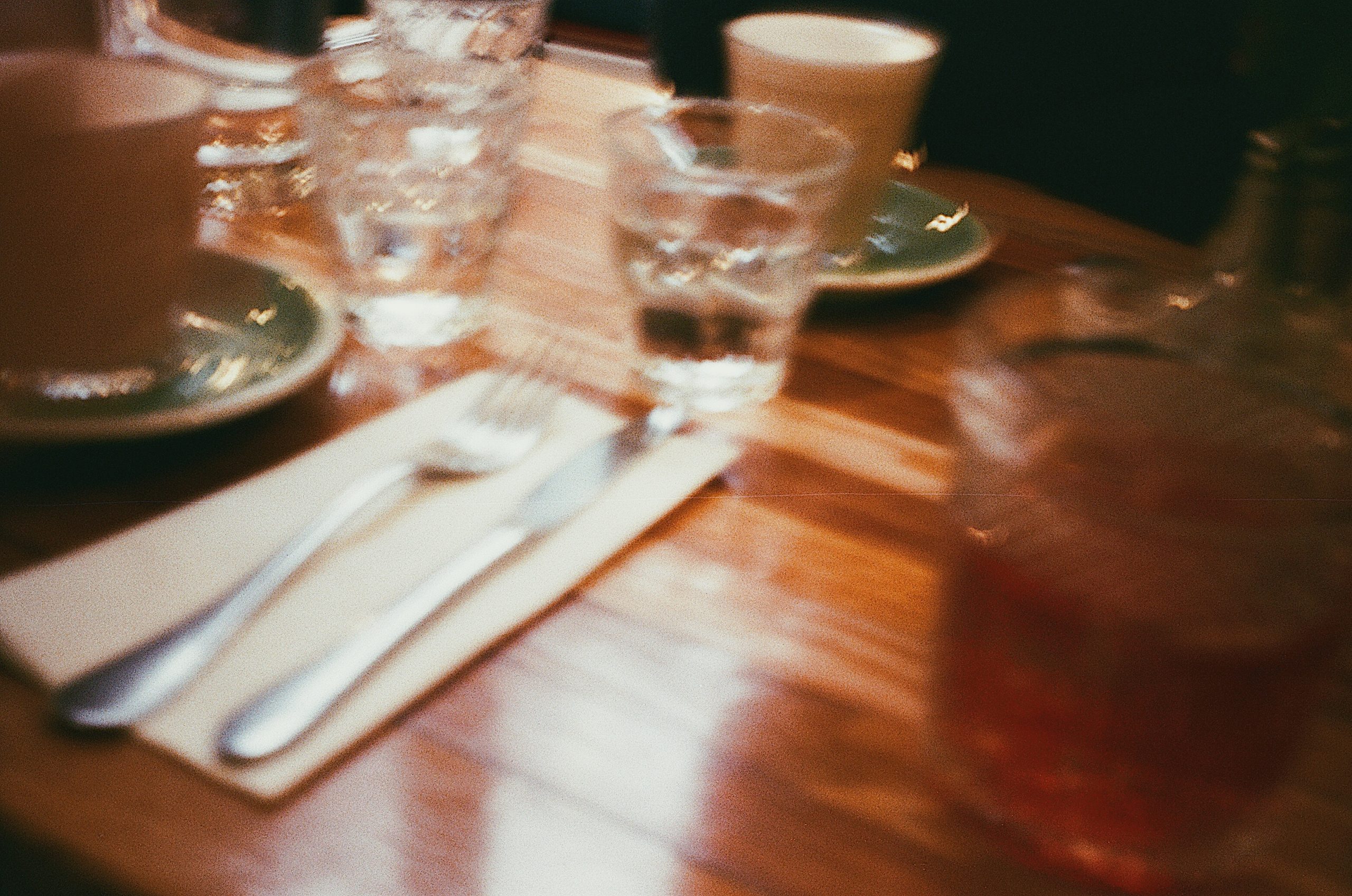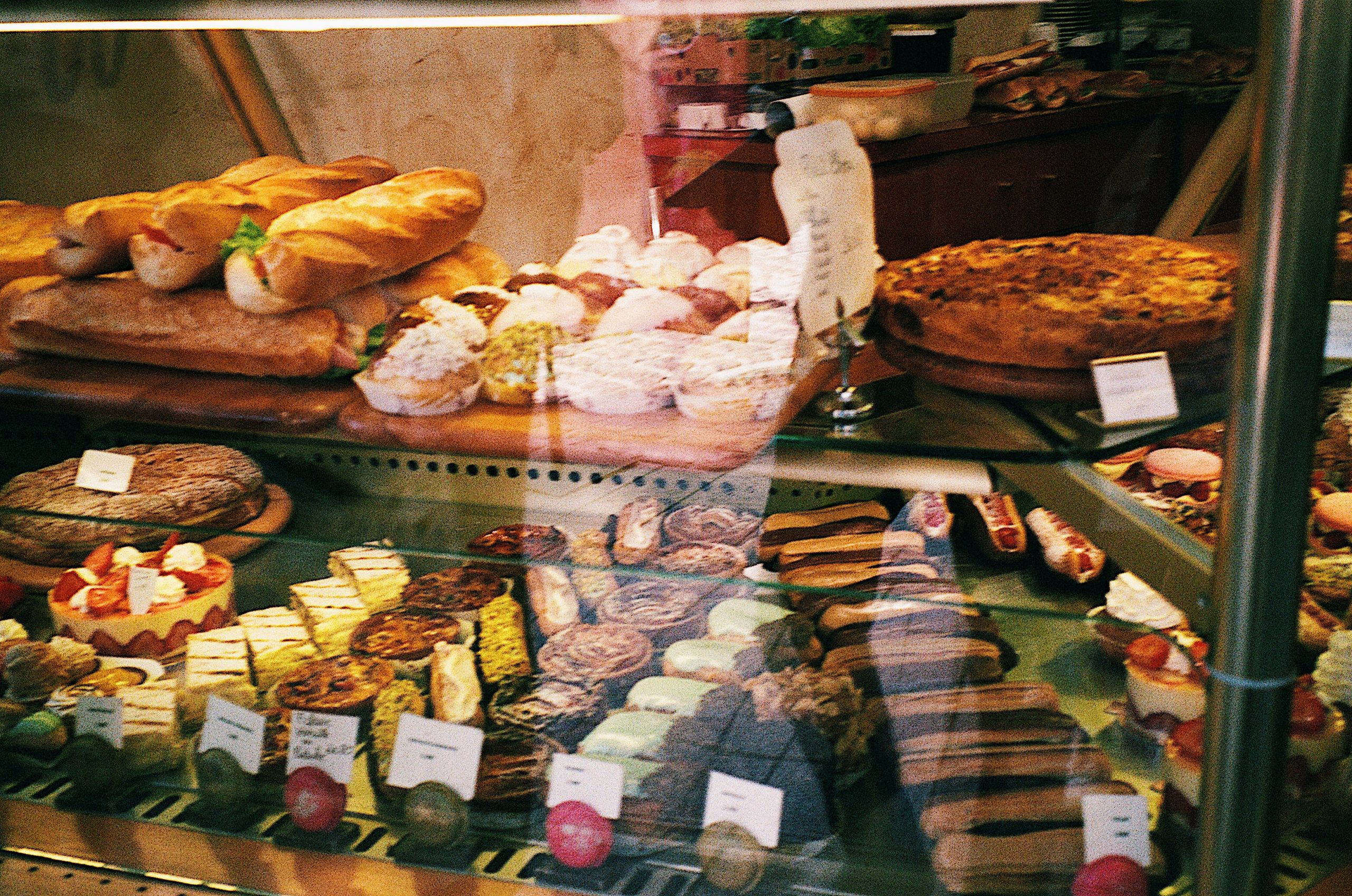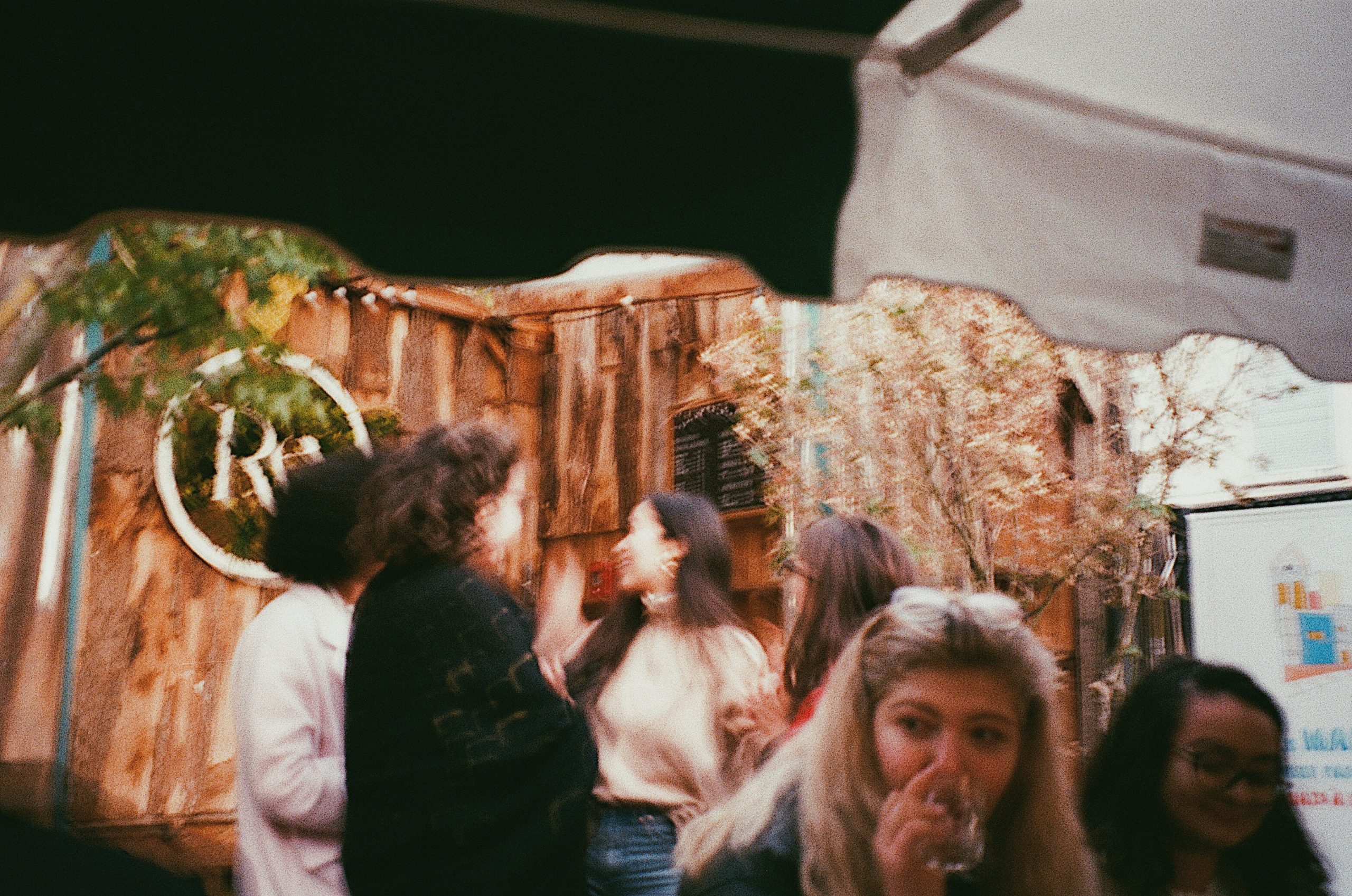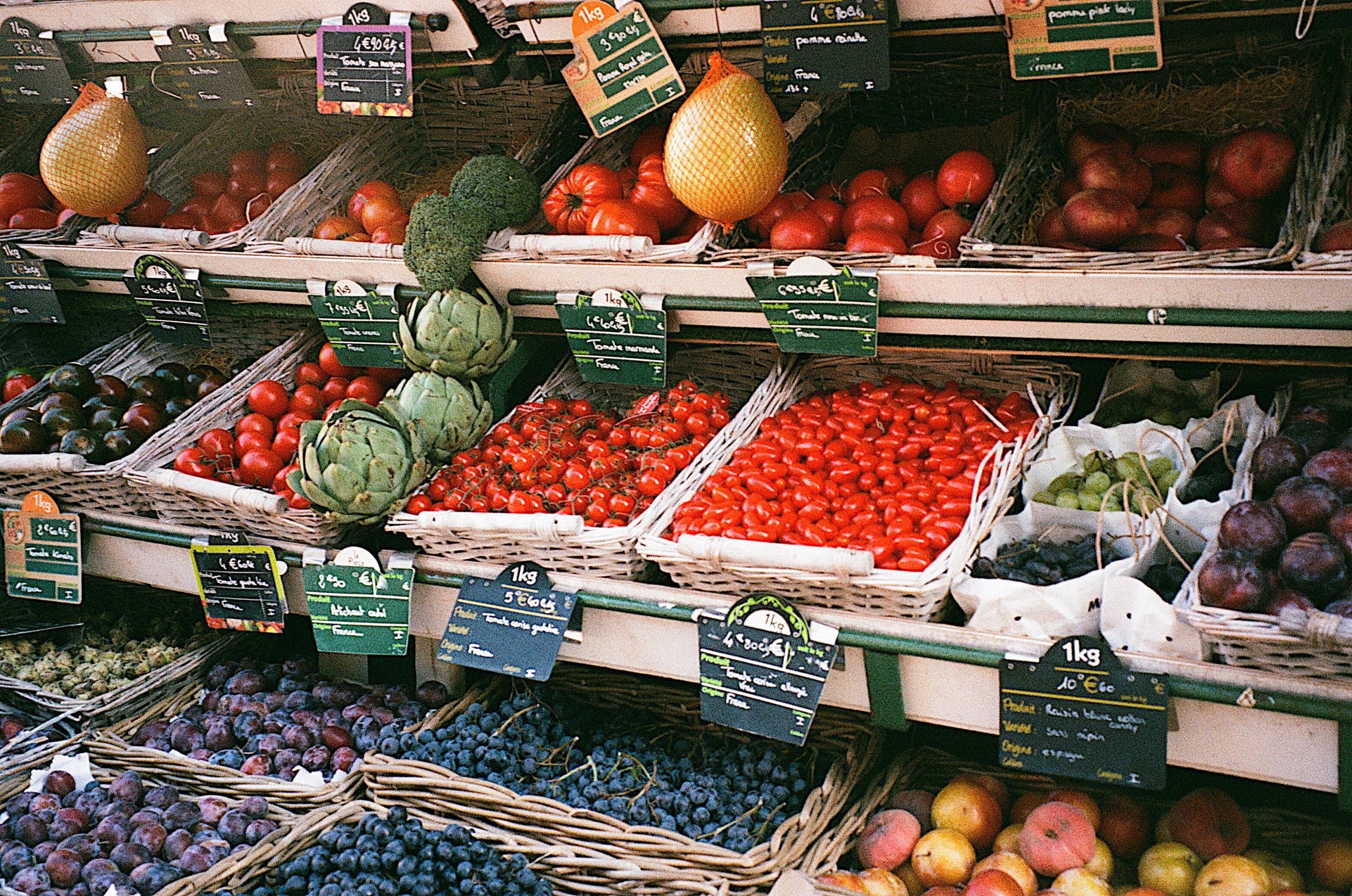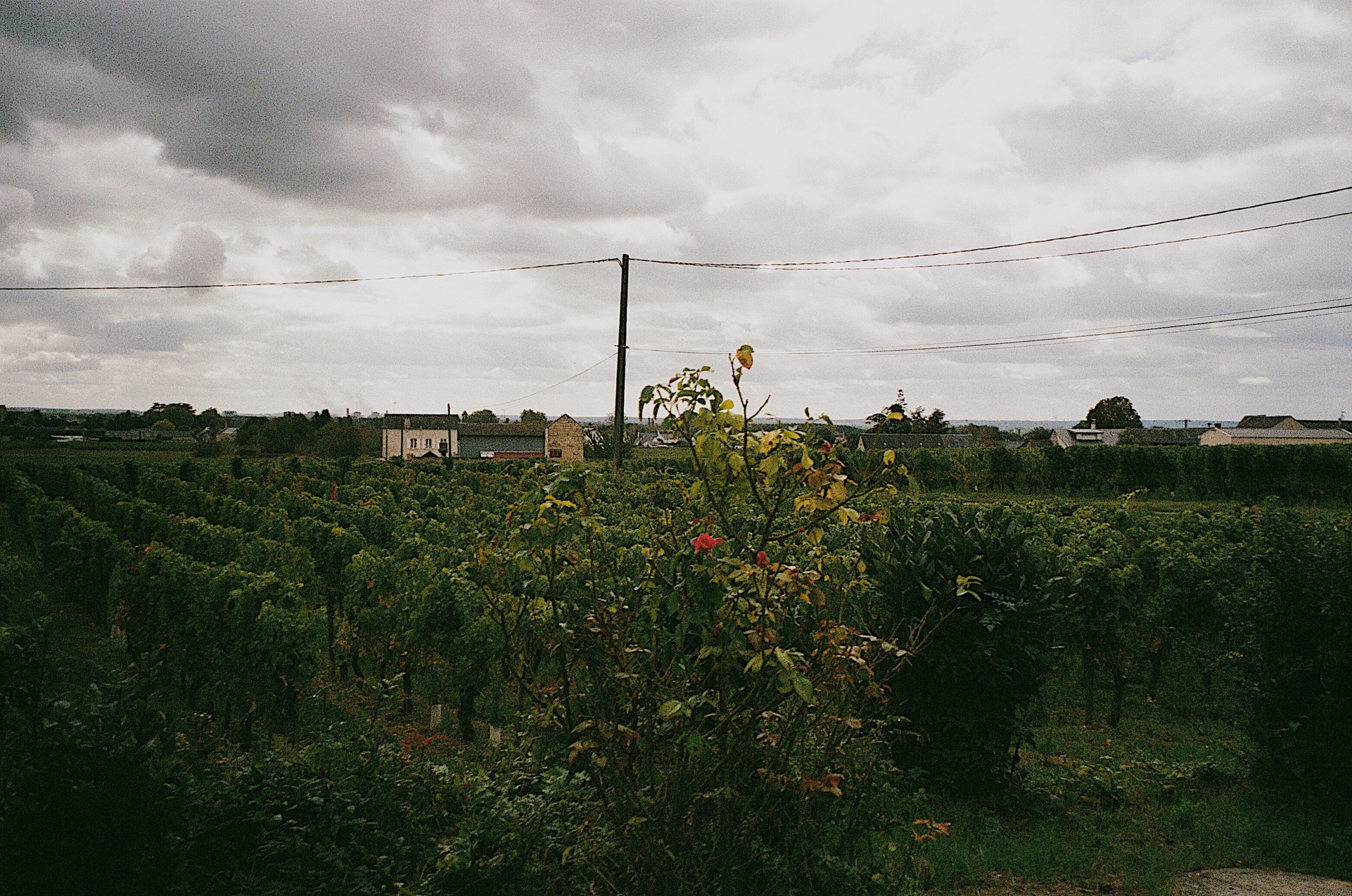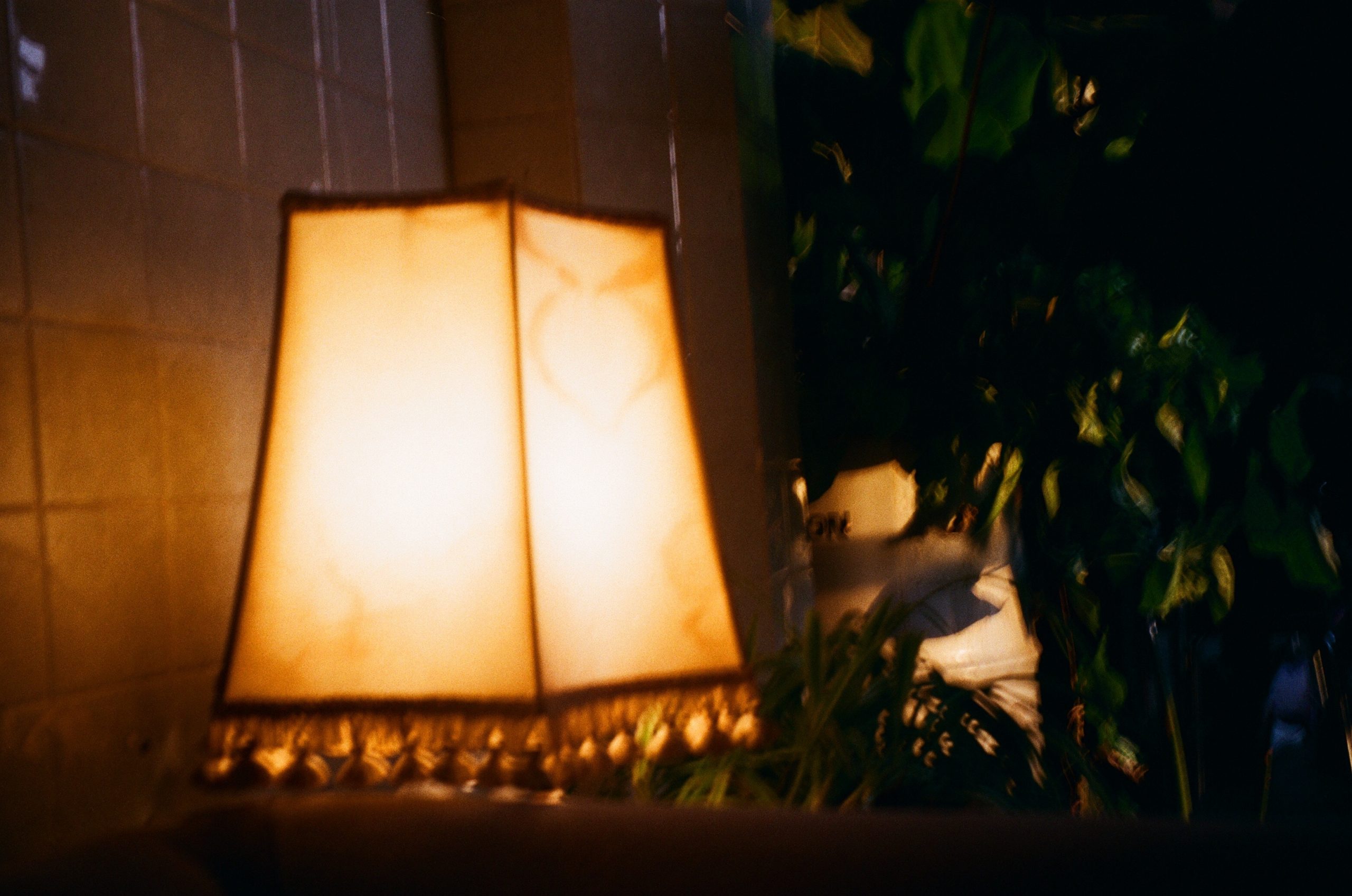When I moved to the U.S., after having spent most of my life up to then in cities that facilitate arts and culture being an important part of people’s lives, I was shocked to discover how little artistic opportunities and events are available and easily accessible in the city of Miami. Thankfully, in the past eight years, I believe Miami-Dade County has seen an increase in cultural events revolving around art, especially art as it intersects with activism and social justice. This comes as no surprise as Miami is often, and rightfully so, regarded as a melting pot, the home of people from a large variety of origins and cultures, leading to the creation of art that is reflective of the stories of its inhabitants, stories that reveal a strong multidimensionality and complexity of identity. The art that I have had the pleasure of coming across in Miami is typically attached to a personal narrative, often capturing struggles revolving around immigration, double-identity, bilingualism, gender, race and ethnicity. In the past three to four years, the city has witnessed the rise of the Perez Art Museum, the Institute of Contemporary Art and, now, Rubell’s Museum, whose quantity and variety of showcased work has significantly increased over time. And of course, we can’t forget Miami’s annual Art Basel convention. There is however, still a long way to go when it comes to who has access to opportunities to expose their artwork (this inequality of opportunity definitely not being a phenomenon unique to Miami), how many museums and galleries there actually are, how often collections and expositions are renewed, how affordable entrance to these is, etc. I am more inclined to think that this has little to do with Miami residents being less artistically motivated as creators and/or consumers than other cities’, and more to do with how the county’s representatives choose to budget and what initiatives they would rather allocate its funds to.
Living in Paris, by contrast, made me even more aware of what could be improved, whether in Miami or any other city finding itself in a similar position, to create an environment far more welcoming to those wishing to express themselves artistically and/or educate themselves in regards to and consume more cultural and artistic content. After all, to some, this comparison might seem a bit out of place considering it is well understood that Paris is indeed an artistic and cultural hub, whereas Miami’s attractiveness as a city tends to be more related to its tropical weather and party life. All in all, I am very thankful for the four months I spent in Paris, during which art, history, and activism were continuously omnipresent in my day to day in a way that manifested itself naturally, and required little extra effort on my part.
Part of what set the foundation for this to be my experience during my semester in Paris were my location and the classes I decided to take both at Reid Hall and at Universite Paris Diderot. I had the wonderful opportunity of living only one block away from the Musee D’Orsay in the 7th arrondissement, which would end up becoming one of my favorite museums in the city. Additionally, the Louvre, and the Petit and Grand Palais, as well as the Musee Rodin and Musee Delacroix, were all less than 20 minutes away by foot from my apartment. I think I went to the museum at least twice every week and, still, I wish I would have spent more of my time appreciating the art held in these beautiful-in-themselves Parisian buildings. One truly cannot get enough of all the architecture and art there is to appreciate in Paris, both inside and outside of these establishments. Although I lived especially close to a generous amount of museums, in a city like Paris, where distances are shortened thanks to its convenient public transportation system, it does not matter much where one lives. Regardless of one’s location, there will probably be at least one museum to visit nearby!
My choice of visiting museums and art galleries with such frequency during my semester in Paris would not have been possible if it wasn’t for the discounts that are available to students and people below the age of 25. If one falls into either or these previous categories, one can access most museums in Paris completely free of charge, or at a considerably reduced cost. It seems that this is part of a wider initiative to encourage the youth to be artistically and culturally engaged from early on and for these spaces and events to be accessible to all young people regardless of their socio-economic status. Like Academia, for some, the art scene can sometimes appear as more welcoming to those possessing a strong cultural capital, a social network, and pertaining to a higher social class. When entrance to these spaces is free to all, everyone has the same possibility of finding a safe space, of getting inspired, and taking charge of one’s own cultural education. This is definitely an aspect I was very happy to discover as in Miami museum and art gallery entrance fees for students and/or young adults are rarely significantly more affordable than regular tarifs. After having spent a semester making local friends in Paris and interacting with french uni students, I would say this initiative seems to be generally successful as I noticed a culture of people my age casually talking about art with their friends outside of the classroom, spending their free time in movie theaters, museums, concerts, and settings of the sort. I even met a group of friends who created their own collective whose members engage in multiple types of artistic disciplines and whose collaborative and individual work seeks to shed light on the main socio-political issues that the current generation of Parisian college students are most passionate about.
This semester, all of my academic courses were art-related: I took an art history course, and two cinema classes as well as two dance classes. I told myself that my semester abroad in Paris would be the only chance of completely and fully immersing myself in the study of different forms of art during my undergrad education while still being able to receive support from knowledgeable faculty, as my areas of concentration at Hamilton fall into the category of humanities in lieu of the arts, and what better place to do so than in Paris? And, because a big fraction of my school work revolved around cinema studies, I felt even more inclined to take advantage of Paris’ strong cinephile culture. Walking down the streets of Paris, you can find a new cinematheque or movie theater every two or three blocks. Luckily, about a month after arriving to Paris, MK2 movie theaters implemented a new special fee for all people 26 years old and younger: tickets generally cost about 12 euros, but with this new rate, prices are lowered to 4.90 euros for this group. Another wonderful opportunity to take advantage of are university film passes; The Sorbonne Nouvelle, a local french university many HiF students attend in addition to Reid Hall, offers both a semester long and an annual pass which grants students unlimited access to all movie screenings on campus.
Four months was definitely not enough time for me to explore all the museums, go to all the concerts, and watch all the dance recitals or plays I wanted to! So, one definitely does not have to worry about not having enough to do and see when in Paris. Moreover, if you are planning to study abroad in Paris, chances are you will be visiting other european cities as well, and therefore will have even more artistic and cultural material to discover. For this reason in particular, HiF’s cultural fund comes in handy: students get reimbursed for up to 100 euros worth of activities. A personal favorite of mine was Barcelona’s Museum of Modern Art which happened to be hosting a free feminist movie festival the weekend I was in town!
I really encourage students who have chosen Paris as their study-abroad destination to fully take advantage of the privilege that is having access to these spaces that are so full of history, emotional expression, and knowledge. It was in these settings that I truly felt connected to my study abroad location’s history and culture enough for the city to start to feel like home. Following this semester, I feel incredibly inspired by the Parisian youth and how they implement artistic and cultural activities into their day to day in such an effortless way. And, I am thankful for the connections I built during my time in Paris which have inspired me to embark on an on-campus venture with a friend to start working on our own art and activism collective!

